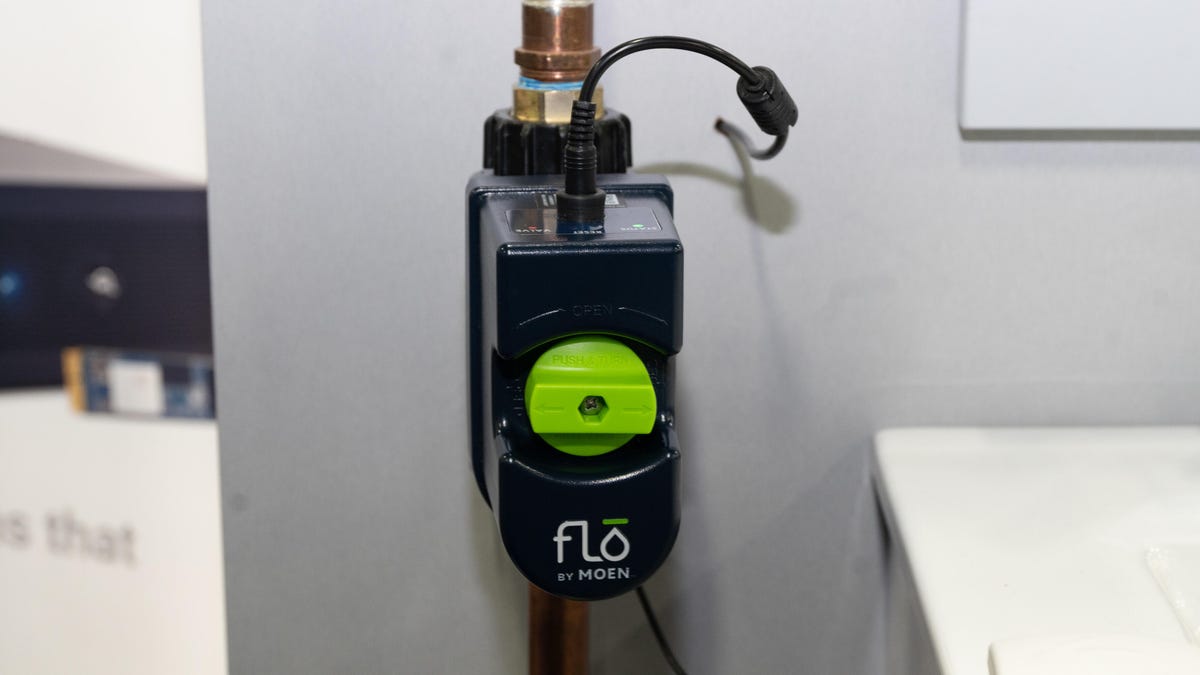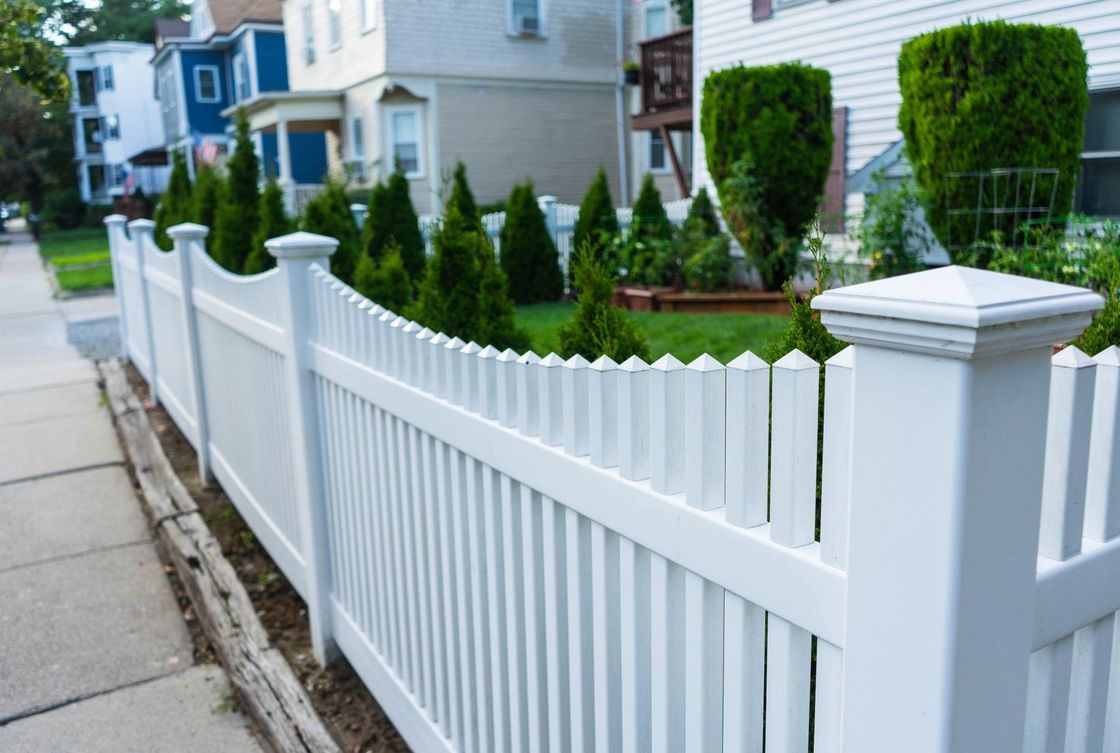
We often perceive interior design as a purely aesthetic pursuit – arranging furniture, choosing colors, and selecting decorative accents to create a visually appealing space. While aesthetics are undoubtedly a component, the true power of thoughtful design runs far deeper, profoundly impacting our mental well-being, emotional state, and even our productivity. A well-designed environment isn’t just a pleasure to behold; it’s a silent partner in our daily lives, subtly influencing our mood, reducing stress, and fostering an atmosphere where we can thrive. This often overlooked aspect of our surroundings is a critical factor in how we feel, think, and perform, making the art of crafting our interiors a powerful tool for a better life.
The Silent Language of Spaces: How Our Surroundings Influence Our Minds
Our brains are constantly processing information from our environment, often subconsciously. The colors on our walls, the arrangement of furniture, the level of natural light, and even the textures we touch all send signals that can either calm or agitate, inspire or drain. This is the essence of environmental psychology, a field that explores the intricate relationship between humans and their surroundings.
Consider the contrast: a cluttered, dimly lit room with mismatched elements can feel chaotic and overwhelming, leading to increased stress and difficulty concentrating. Conversely, a serene, organized space with balanced elements can evoke feelings of peace, clarity, and comfort. Good interior design leverages these psychological principles to create environments that are not only beautiful but also conducive to positive mental states. It’s about more than just filling a room; it’s about crafting an experience.
Cultivating Calm: Design Elements for Mental Serenity
One of the primary ways interior design enhances well-being is by fostering a sense of calm and reducing stress. In our fast-paced world, having a tranquil sanctuary to retreat to is more important than ever.
- Color Psychology: Colors have a profound impact on our emotions. Soft blues, greens, and neutrals can evoke feelings of peace and relaxation, making them ideal for bedrooms and living areas. Warmer, more vibrant colors like yellows or oranges can stimulate creativity and energy, suitable for creative workspaces or dining areas, but might be too stimulating for a bedroom.
- Decluttering and Organization: Clutter is a major source of stress and visual noise. Thoughtful design incorporates ample storage solutions – built-in shelving, discreet cabinets, and clever furniture pieces – to keep spaces tidy. An organized environment reduces decision fatigue and creates a sense of control, contributing to a calmer mind.
- Natural Light: Maximizing natural light is paramount. Abundant daylight improves mood, regulates circadian rhythms (which are crucial for sleep), and can even boost Vitamin D production. Design strategies like large windows, light-colored window treatments, and reflective surfaces (mirrors, glass) can amplify natural light.
- Biophilic Design: Connecting with nature has proven benefits for mental health. Incorporating natural elements like houseplants, wood textures, stone, and water features (even small ones) can reduce stress, improve cognitive function, and foster a sense of connection to the outdoors, even in urban settings.
- Strategic Layout and Flow: An intuitive layout that allows for easy movement and clear pathways reduces friction and frustration. Furniture arranged for comfortable conversation encourages social connection, while dedicated quiet zones can provide a sense of escape and solitude when needed.
For individuals seeking to meticulously craft such serene environments, engaging with expertise in interior design in Los Angeles can be particularly beneficial, given the city’s diverse and demanding lifestyle.
Fueling Focus: Designing for Enhanced Productivity and Creativity
Beyond promoting calm, good interior design can directly impact our ability to concentrate, solve problems, and generate new ideas. Whether working from a home office, studying, or engaging in hobbies, our surroundings play a significant role in our cognitive performance.
- Dedicated Work Zones: Clearly defined workspaces, even within a larger room, signal to the brain that it’s time to focus. This can be achieved through strategic furniture placement, area rugs, or subtle room dividers.
- Ergonomics and Comfort: A comfortable and ergonomically sound workspace is crucial for sustained productivity. Proper seating, desk height, and screen positioning reduce physical discomfort, preventing distractions and allowing for longer periods of focused work.
- Stimulating Accents (When Appropriate): While calm colors are great for relaxation, a pop of a stimulating color (like orange or yellow in small doses) in a workspace can spark creativity. Similarly, strategically placed art or inspiring objects can serve as mental anchors or conversation starters without being overly distracting.
- Minimizing Distractions: Good design minimizes visual and auditory clutter. Sound-absorbing materials (rugs, curtains, upholstered furniture) can reduce ambient noise, while smart storage keeps work-related mess out of sight when not in use.
- Personalization: Surrounding yourself with objects that hold personal meaning or inspire you can create a positive and motivating environment. This could be family photos, cherished artworks, or souvenirs from travels. This personal touch fosters a sense of belonging and comfort, which are foundational for effective work.
Many interior design firms in Los Angeles specialize in creating dynamic and productive workspaces, understanding the unique needs of professionals in a bustling city.
The Human Touch: Why a Professional Approach Makes a Difference
While understanding these principles is a good start, translating them into a cohesive and effective design can be challenging. This is where the expertise of professional interior design firms in Los Angeles becomes invaluable. They possess the knowledge, experience, and artistic eye to:
- Assess Your Needs: A professional designer will take the time to understand your lifestyle, preferences, challenges, and goals for each space. They delve deeper than just aesthetic desires, considering how you live and feel in your home.
- Develop a Cohesive Vision: They can translate your vague ideas into a concrete, actionable plan, ensuring that every element—from color palettes and furniture choices to lighting and textures—works together harmoniously.
- Optimize Layout and Flow: Experts can reconfigure spaces to maximize functionality, improve traffic patterns, and make even small rooms feel more spacious and inviting. This is particularly crucial for apartments or homes where efficient use of space is key.
- Source the Right Materials and Finishes: Designers have access to a vast network of suppliers and a deep understanding of material properties, allowing them to select durable, healthy, and visually appealing options that align with your budget and lifestyle.
- Manage the Project: For larger renovations, a design firm can oversee the entire process, coordinating contractors, managing timelines, and ensuring the project stays on track. This reduces stress and saves time for the homeowner.
- Problem-Solve Creatively: Unexpected challenges often arise during a renovation. A skilled designer can pivot and find creative solutions that maintain the integrity of the design and budget.
- Prevent Costly Mistakes: Without professional guidance, homeowners can make expensive errors in purchasing ill-fitting furniture, selecting incompatible materials, or misjudging scale. A designer’s expertise minimizes these risks.
The breadth of experience held by interior design firms in Los Angeles means they are well-versed in adapting design principles to diverse architectural styles and client needs, from minimalist modern homes to classic estates.
Beyond the Home: Extending Design Principles to Commercial and Public Spaces
The principles of how good design enhances well-being and productivity extend far beyond residential interiors. Businesses, healthcare facilities, educational institutions, and public spaces are increasingly recognizing the profound impact of their physical environments on occupants.
- Workplaces: Thoughtful office design incorporating natural light, biophilic elements, ergonomic furniture, and flexible work zones can boost employee morale, reduce absenteeism, and increase productivity.
- Healthcare Settings: Calming color schemes, access to natural views, and comfortable, intuitive layouts can reduce patient anxiety, promote healing, and improve staff efficiency.
- Educational Institutions: Engaging colors, flexible furniture arrangements, and well-organized learning spaces can enhance student focus, creativity, and overall academic performance.
- Retail Environments: Strategic lighting, inviting layouts, and sensory experiences can influence consumer behavior, encouraging longer stays and increased purchases.
This broader application underscores that interior design is not merely about aesthetics; it’s a strategic discipline that shapes human experience and optimizes outcomes in virtually any built environment. For businesses and institutions in Southern California, seeking out experienced interior design firms in Los Angeles means tapping into a rich pool of talent capable of transforming any space into an environment that truly supports its inhabitants.
The Long-Term Return: Investing in Your Best Self
Ultimately, investing in good interior design is an investment in yourself and those who share your space. It’s about creating environments that actively support your mental health, enhance your productivity, and contribute to a greater sense of calm and happiness in your daily life. It’s about crafting spaces where you can truly thrive.
In a world filled with constant demands and distractions, our homes should be our havens – places where we can recharge, focus, and feel our best. By thoughtfully considering the psychological impact of our surroundings and, perhaps, partnering with skilled professionals in interior design in Los Angeles, we unlock the full potential of our living spaces, transforming them from mere structures into powerful catalysts for well-being and success. This isn’t just about making things look good; it’s about designing a life.




:max_bytes(150000):strip_icc()/beautiful-garden-fences-4175921-hero-1753d4fd6dbf408399ebee13639a08c6.jpg)